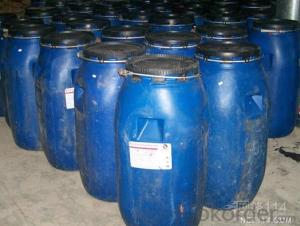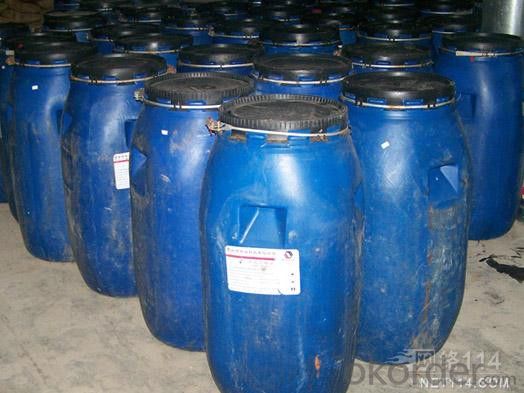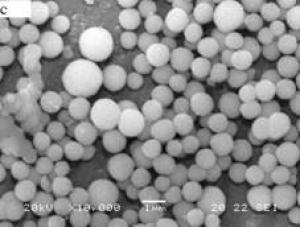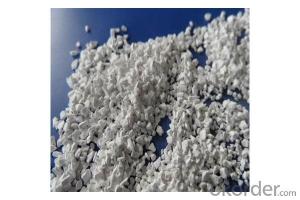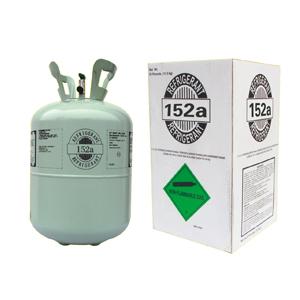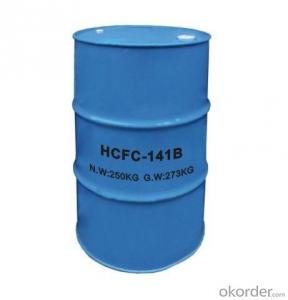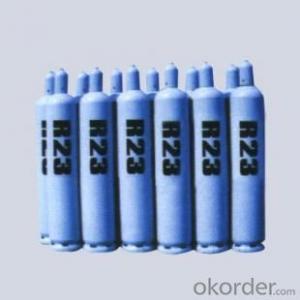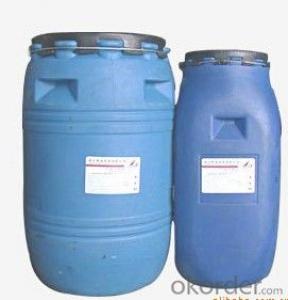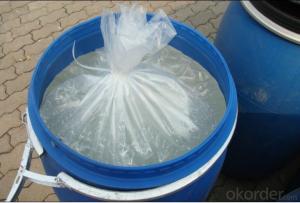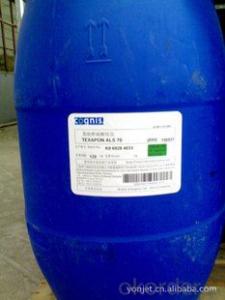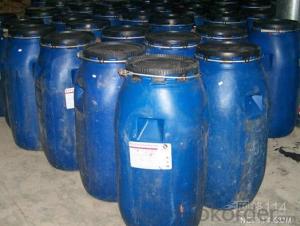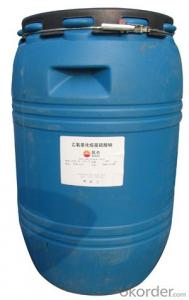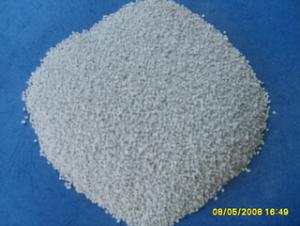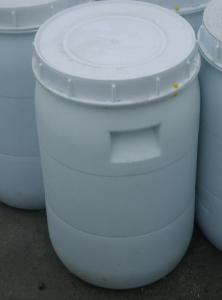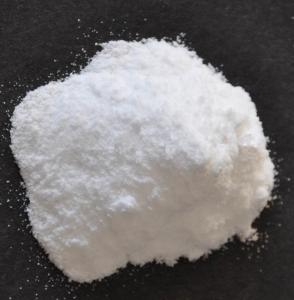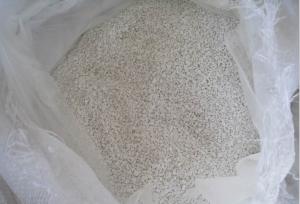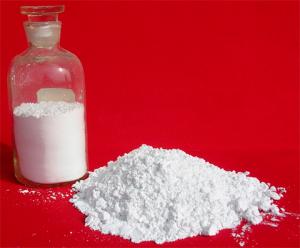SGS TEST Fatty alcohol ammonium sulfate (LSA)
- Loading Port:
- China Main Port
- Payment Terms:
- TT OR LC
- Min Order Qty:
- -
- Supply Capability:
- -
OKorder Service Pledge
Quality Product, Order Online Tracking, Timely Delivery
OKorder Financial Service
Credit Rating, Credit Services, Credit Purchasing
You Might Also Like
Packaging & Delivery
| Packaging Detail: | Packing: Packed in plastic drums netted 170/220kgs |
| Delivery Detail: | 15day after TT or Lc |
Specifications
aes/ sles 70% surfactant material
1.high quality and low price
2.accept SGS check
3.fast delivery
4.Owning Factory
- Q: Simply talk about hydrocarbons
- Hydrocarbons in petroleum are abbreviations of hydrocarbons, which are written in the "water" and "water" in "carbon". Hydrocarbons are classified as saturated hydrocarbons and unsaturated hydrocarbons. Petroleum hydrocarbons are mostly saturated hydrocarbons, and unsaturated hydrocarbons such as ethylene, acetylene, etc., generally only in the oil processing process can be obtained.
- Q: The functional group of the derivative of the hydrocarbon
- Yes, the number of carbon after a certain, only to determine the nature of the functional group. This is also the reason for the name of the functional group
- Q: What are the oxygen consumption of the oxygen-containing derivatives of the mass hydrocarbons?
- For this comparison, you can see the experimental formula of this material, a C corresponds to an oxygen, 4 H corresponds to an oxygen, the experimental consumption of oxygen up, then under the same quality conditions, the greater the oxygen consumption of this material
- Q: What are the inorganic compounds
- Hydrocarbons and their derivatives.
- Q: What are the derivatives of hydrocarbons?
- Halogenated hydrocarbons, alcohols
- Q: Is the resin a dangerous chemical? Is there any other alias?
- Liquid resin containing organic solvent is a dangerous chemical
- Q: Is acrylamide an oxygen-containing derivative of hydrocarbons?
- From the structural point of view, alcohol, vinegar, malic acid, citric acid and other organic matter, can be seen as hydrocarbon molecules in the hydrogen atoms are replaced by oxygen atoms and atomic groups, they are known as hydrocarbon oxygen derivatives.
- Q: What is the meaning of organic ah, organic food on the human body what practical benefits
- Chemical point of view, organic is organic matter, mainly by the carbon atoms and hydrocarbons derivatives.
- Q: Is the plexiglass intermediate?
- Acrylic acid and its ester polymerization of the polymer obtained collectively referred to as acrylic resin, the corresponding plastic collectively referred to as polyacrylic plastic, in which the most widely used polymethyl methacrylate. Poly methyl methacrylate abbreviation for the PMMA , Commonly known as plexiglass, is so far the most transparent synthetic material quality.
- Q: How to distinguish between inorganic chemicals and organic chemicals
- If the chemical can be dissolved in water, then it is likely that inorganic chemicals, because organic chemicals only a few substances such as ethanol and acetic acid can be dissolved in water. In addition, inorganic chemicals are mostly solid or aqueous solution, and organic chemicals are mostly liquid and odor.
Send your message to us
SGS TEST Fatty alcohol ammonium sulfate (LSA)
- Loading Port:
- China Main Port
- Payment Terms:
- TT OR LC
- Min Order Qty:
- -
- Supply Capability:
- -
OKorder Service Pledge
Quality Product, Order Online Tracking, Timely Delivery
OKorder Financial Service
Credit Rating, Credit Services, Credit Purchasing
Similar products
Hot products
Hot Searches
Related keywords
